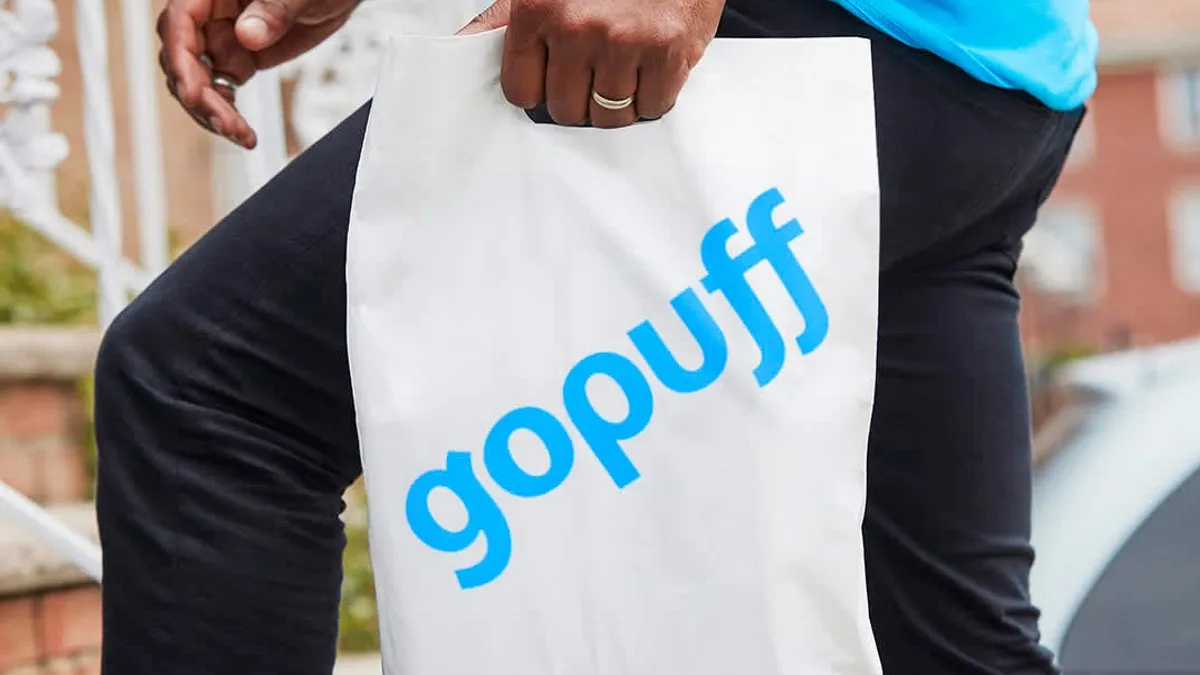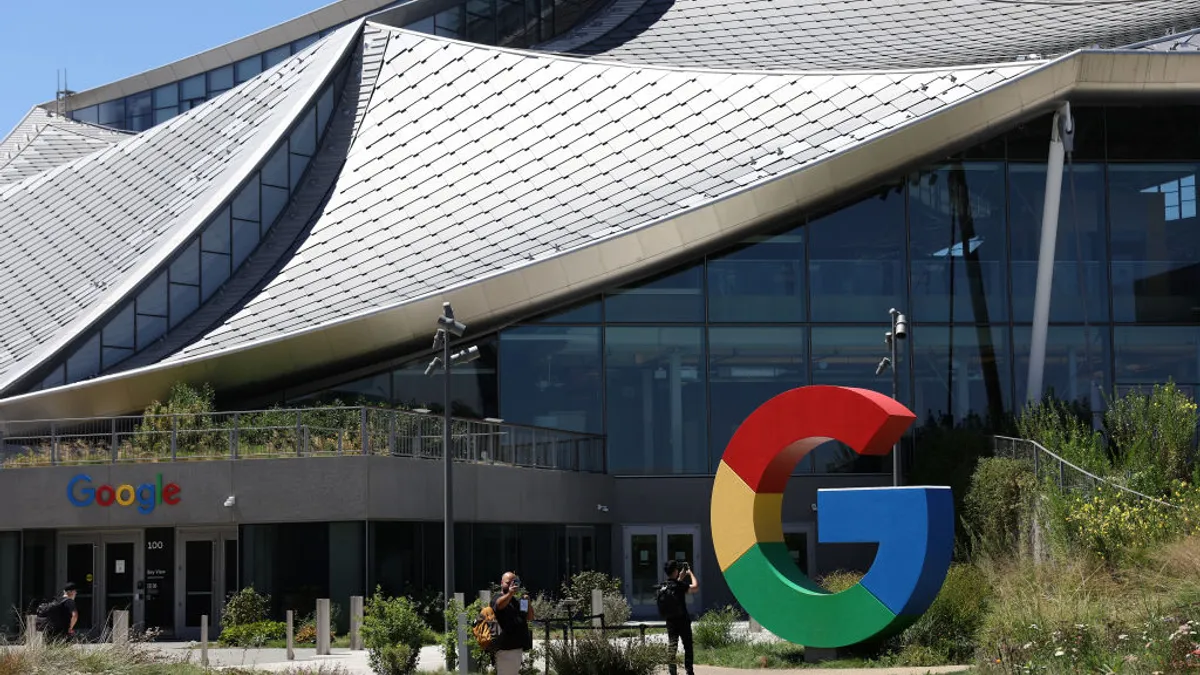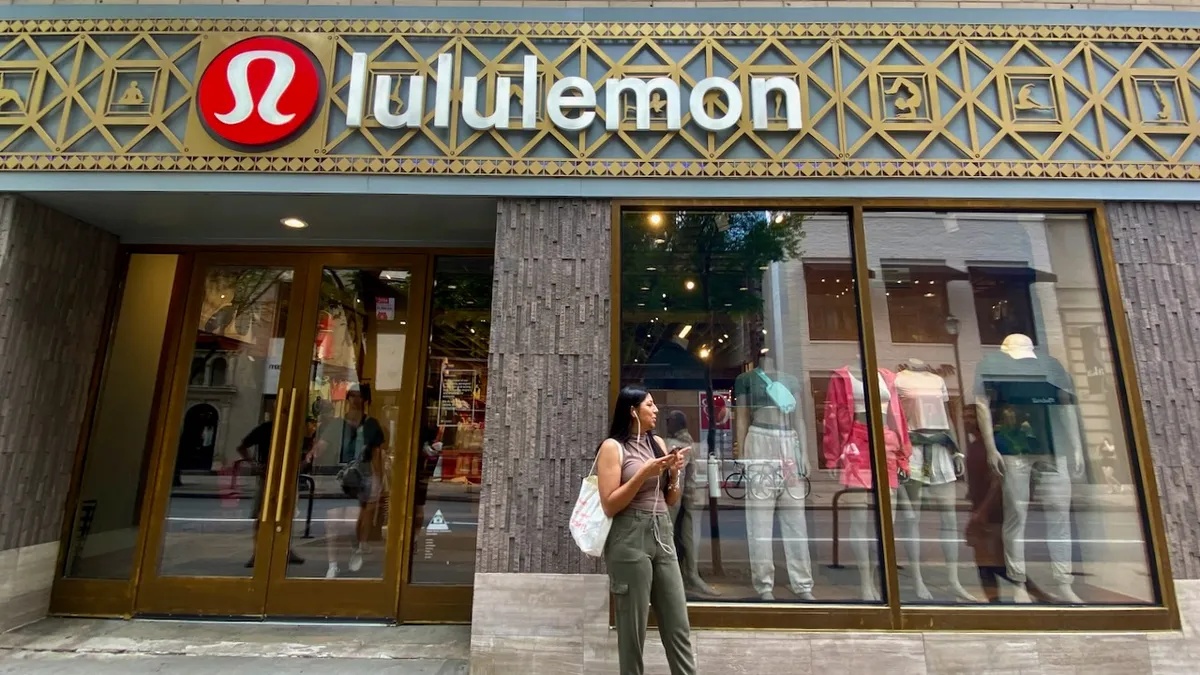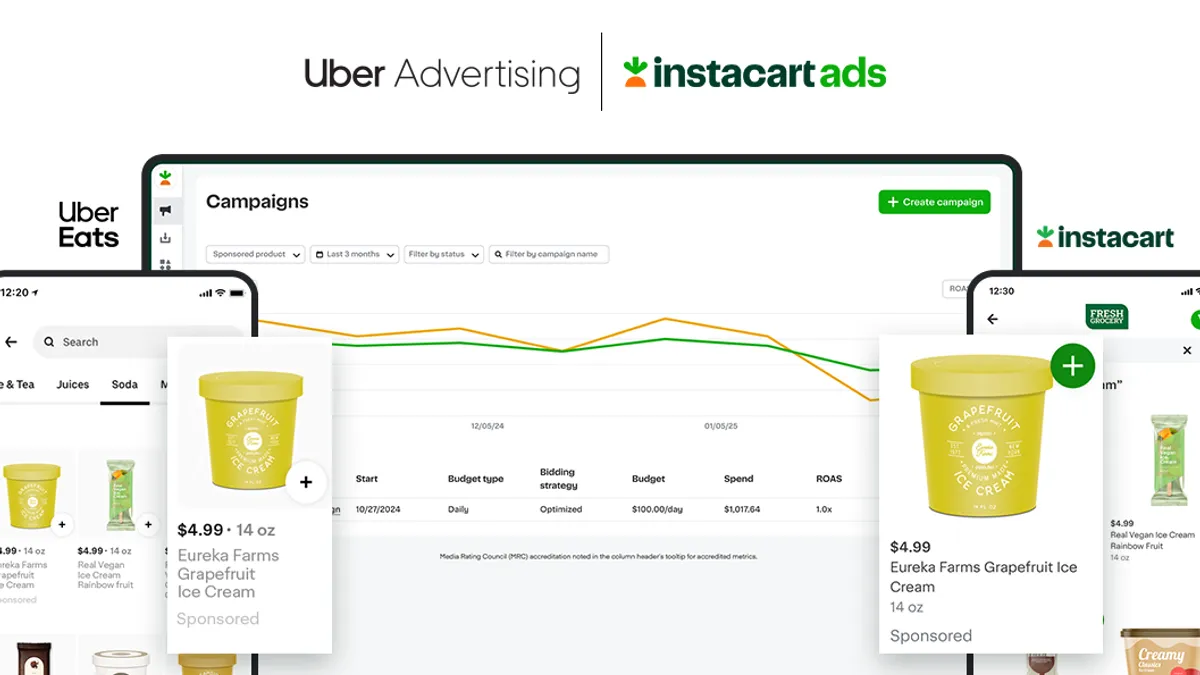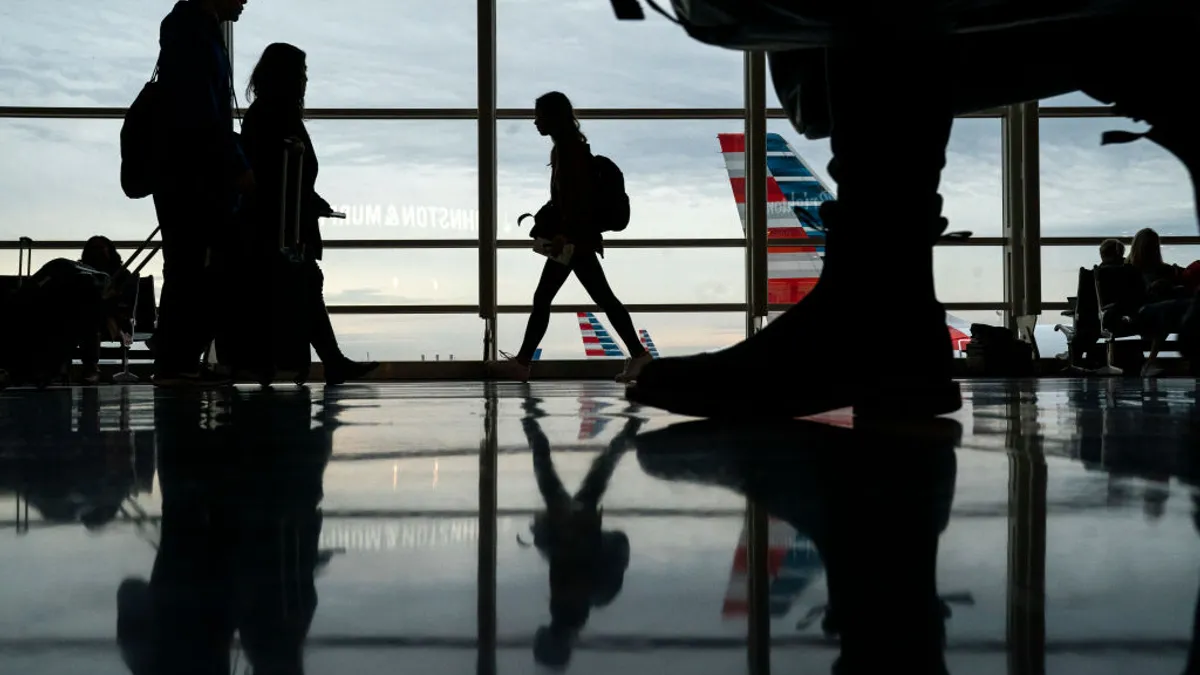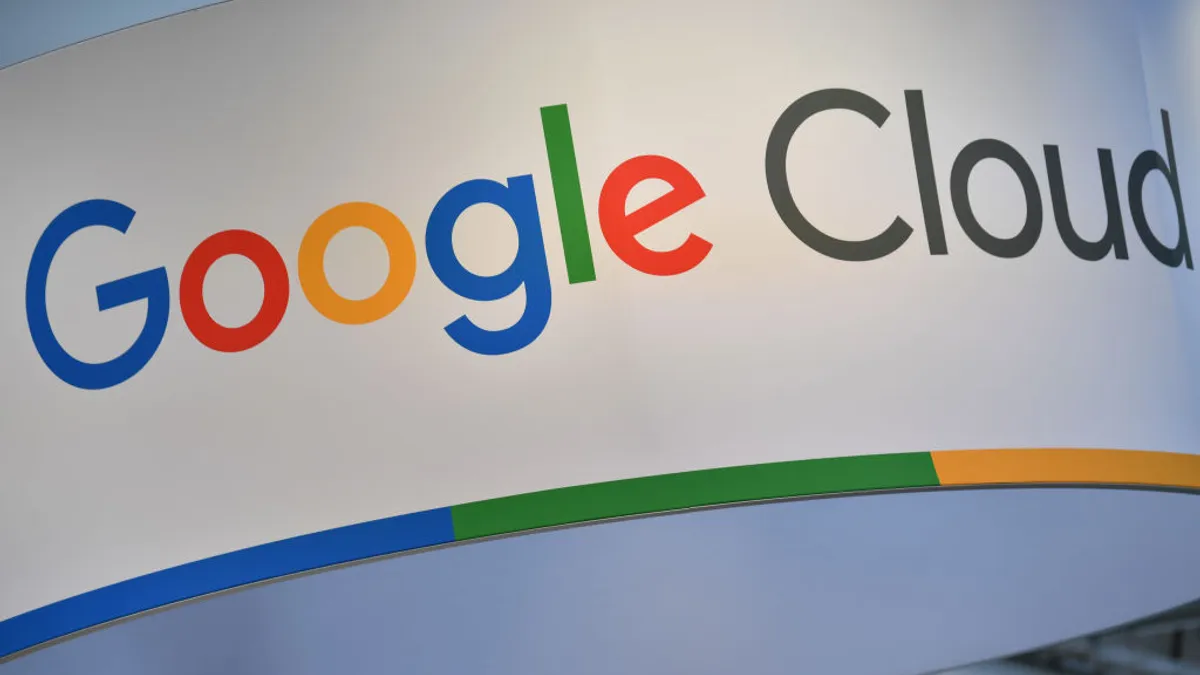The following is a guest post by Kearney’s Jim Singer, partner and board of directors member, Brooks Levering, partner, Piyush Gupta, principal, Luis de Lencquesaing, principal, and Dan Tammuz, manager in the firm’s consumer practice. Opinions are their own.
The media industry landscape is being radically transformed by a series of evolving disruptions that individually and collectively will continue to transform the lay of the land for the balance of this decade and beyond. Not least of these disruptions is the changing role of retailers who have gone from being passive sellers of data that they historically undervalued to active players rewriting the rules of media engagement, starting with demands for a larger slice of the profit pie.
As we await the impending end of third-party cookies, retailers’ treasure troves of first-party consumer data are in high demand, a fact that hasn’t escaped the attention of retail industry leaders. Coupled with their premium digital real estate and benefiting from continuing agency disintermediation, savvy retailers are perfectly positioned to control the next generation of media solutions.
Here are some examples:
- Established in 2017, Kroger’s Precision Marketing is the industry veteran in this space.
- Target launched Roundel, which extends media placement to Pinterest and NBC Universal.
- Walmart launched Walmart Connect and Walmart DSP — operating in partnership with The Trade Desk, these tools marry Walmart customer data with The Trade Desk’s inventory.
- Lowe’s, Best Buy and Macy’s, to name a few others, are all experimenting with similar solutions.
Options today, uncertainty tomorrow
Where does this growing flurry of retailer activity leave consumer packaged goods companies (CPGs)?
In the near term, given the present balkanized internet landscape, Kearney advises CPGs to launch limited experiments using the many available offerings and to quickly assess returns and potential over time.
When it comes to the future, every CPG company, from the largest global player to the smallest niche producer, faces two choices: Live in a future they build or in one somebody else builds for them. Whichever path seems more attractive, it is wiser to look toward the horizon and prepare for tomorrow. What’s beyond that horizon? While the number of possible answers is practically endless, here are the three scenarios we believe to be the most plausible:
Scenario 1: Storm in a teacup — fingerprints replace cookies
In this scenario, new technology has rendered first-party data redundant and, because of its incompleteness, useless. CPG companies’ contract with consumers and/or households either directly, through opt-in networked technologies, or through data brokers. To re-establish the leverage they enjoyed over CPG companies in the 2020s and early 2030s, retailers have formed data-pooling consortiums of their own, but these efforts are largely examples of too little, too late. Mega-retailers try to use their scale and distribution power to balance the scales, but the consumers, enjoying the benefits of the supplier-dominated system, largely line up in support of the manufacturers.
Scenario 2: Walled gardens: Pay? Sure. Play? Not so much.
Perhaps the closest natural outgrowth of where we are today, this scenario sees CPGs trapped into investing across retailers and participating in a variety of more or less effective media schemes that have become the price of entry and the cost of doing business. The larger the CPG company, the more this scenario favors them … up to a point. While it is true that smaller manufacturers can’t afford to play at the highest and broadest tiers of this scenario, large firms are forced to pay whatever retailers demand just to hold a seat at the table.
Scenario 3: Winner takes all
In this scenario, a technology-based and -enabled retailer, Amazon or an Amazon proxy, emerges as the one, dominant meta-player. Of course, this dominant player could also be a delivery service or a payment processor that cuts across a broad swath of retailers. But staying with what we know, by surrounding the consumer’s household with active, engaged and highly effective contact “nodes” — voice-activated interfaces and utility functions such as security and climate regulation, media content and platforms and personalized shopping — Amazon could become a consumer’s entire Primary Interactive Network (PIN).
Survival and beyond in a brave new media world
One mistake made by many scenario planners is believing that the future is a predictable place that can be visited. If the ongoing COVID-19 pandemic, disruption of the global supply chain and outbreak of a “hot war” in Eastern Europe have taught us anything, it’s that the future isn’t a linear expression of an incrementally evolving present. Whichever of these scenarios you find the most compelling or credible, the truth is that the actual future may contain elements of one, two or all of these scenarios — or no element of any of them. Even given the three most plausible scenarios we have laid out, CPGs are relatively unprepared for the future retail media environment, no matter how incremental that future may be.
Expecting the unexpected
While we can never be certain what waits beyond the horizon, we owe it to our stakeholders to prepare for the possibilities and position ourselves for success. One thing is clear — the media center of excellence that is table stakes for CPGs today will not be strong enough to weather tomorrow’s storm. In-house capabilities must be bolstered and equipped to prepare for the impending changes. There is an immediate need to flesh out our scenario exercises to serve as models for a game theory-based approach to building the kind of future CPGs wants to compete in.







